Love for wild game: The history and the controversies

China's connection to wild game goes back thousands of years.
From the earliest dynasties in China (Xia, Shang, Zhou, the Warring States period), everyone from royalty and the nobility to the ordinary people formed a tradition of eating game. Practically any animal that roamed land, sea, and sky had a chance of finding itself on the menu, whether it had hooves, feathers, or fins.


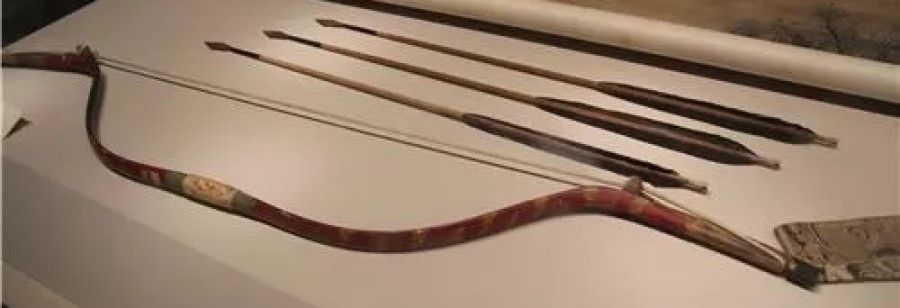
There are many well-known stories and fables in Chinese history related to game. One of the best-known anecdotes comes from Han Fei Zi 《韩非子》, an ancient book written by Han Fei (around 200-300BC), a Chinese philosopher from the state of Han, during the Warring States period. Han Fei describes a man who sees a fleeing rabbit running into a tree and killing itself accidentally. The man is so pleased with the god-sent game meat that he decides to wait for more rabbits to do the same. Hence the saying 守株待兔 (shou zhu dai tu), meaning to be stuck in unchanging old ways.
There are also historical records of emperors and nobles eating exotic dishes like bear paws and turtles. During the Spring and Autumn period, Duke Ling of the state of Zheng (Zheng Ling Gong 郑灵公, around 600BC) was given a precious turtle by the state of Chu. One of the ministers Zigong, told his fellow ministers smugly that his index finger (食指, literally "eating finger") was moving involuntarily, which was a sign that he would be treated to some delicacies soon. Duke Ling was furious with Zigong's cockiness and denied him the turtle soup, but the latter dipped his finger in the pot anyway! Duke Ling wanted to have Zigong killed, but was smothered to death instead, no thanks to Zigong and his compatriot.
One of the most famous and extravagant meals involving game is the Manchu-Han Imperial Feast (满汉全席), which was organised for the Kangxi Emperor's 66th birthday celebration, in an effort to bring the Manchu and Han people together amid their struggle for power during the Qing dynasty. The feast was reported to consist of at least 108 dishes spread over three days, with items such as bear paw, goat and monkey brain, and other types of game meat.
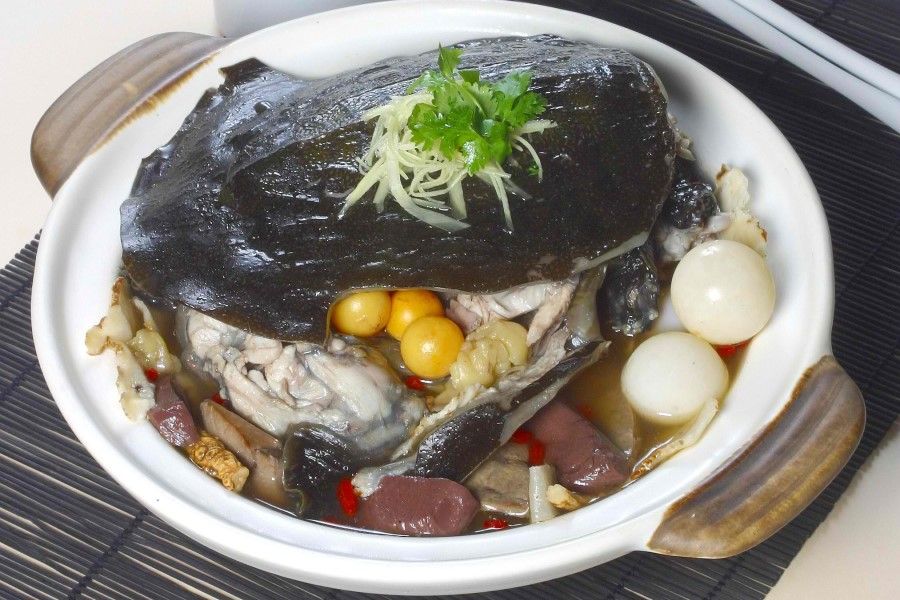

Why eat game?
The earliest and most basic reason for hunting and eating game was, of course, survival. Early humans were hunters and gatherers who ate what they could get their hands on. But even after people tamed and domesticated household animals, game remained a significant part of the diet of many cultures.
Lifestyle played a part. For example, the Mongols, in particular, were (and still are) nomads and herders, well known for their skill in archery, riding, and hunting. As they moved their herds, they were in constant contact with many types of game, which were often added to their pots.
As a large state that is made up of at least 56 ethnic groups, with many of its people living in remote and secluded regions of China, game continues to make up their diet.
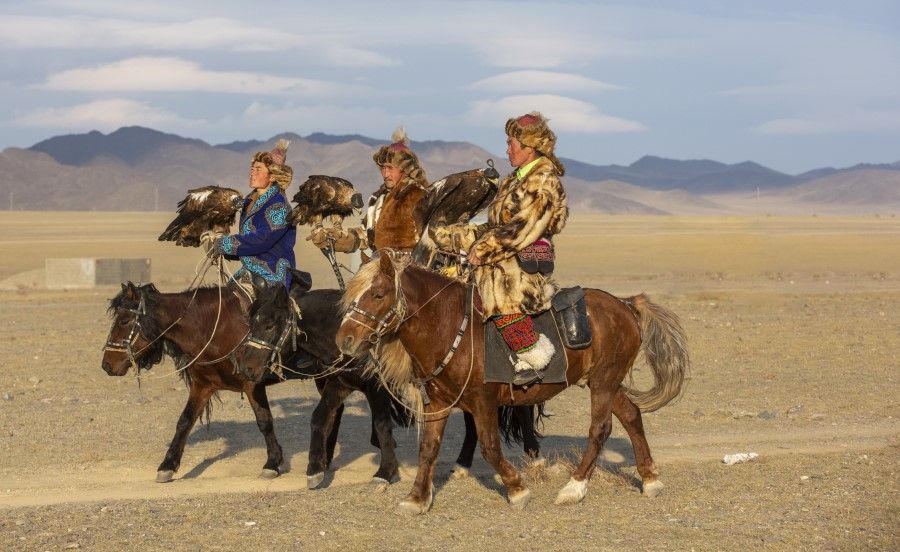
In relation to living off the land, there is a Chinese belief that wild game is natural and unprocessed, which makes it more "authentic" and healthy, as compared to processed food with man-made additives.
The Chinese also generally believe in the idea of 以形补形 (yi xing bu xing), or the concept that people absorb the properties of the food that they eat. As such, animal body parts such as liver, and blood, and brains, are consumed as supplements for the corresponding parts in the human body.
In line with this idea, game is consumed as a way to increase the yang element in individuals (壮阳, zhuang yang). In Chinese medicine, yang is associated with masculinity and heat (as opposed to yin, associated with femininity and cold). And so, eating wild game is one way to heat up the body - especially useful in the winter - and to boost masculinity and virility, with items such as deer and tiger penis, and snake blood.
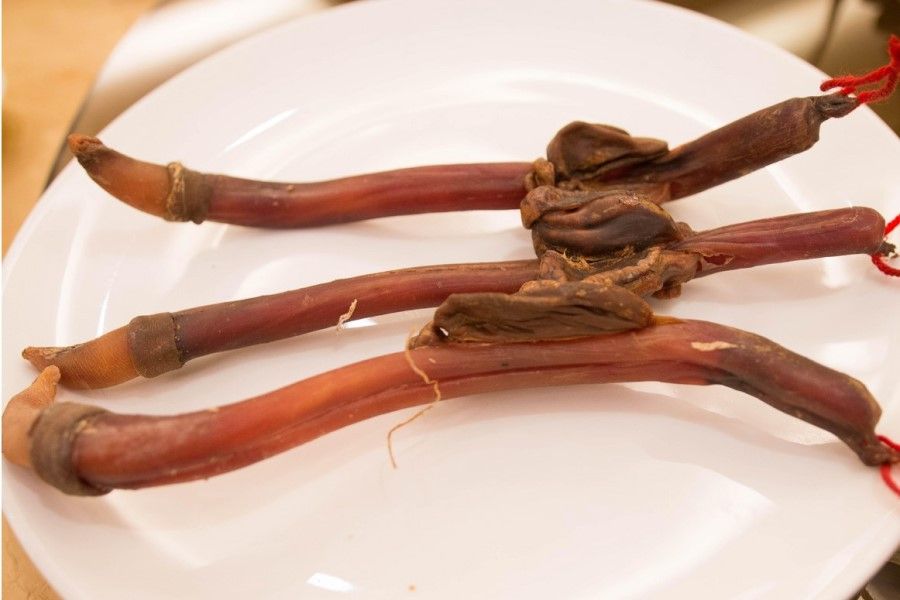
What kind of game is consumed?
A widely circulated menu from a wild game stall in China gives an idea of the types of animals and animal parts are on offer - both live and otherwise.
Among the items on the menu are foxes, deer, wild boars, camels, ostriches, snakes, snails, and various insects and bugs. Other wild game include porcupines, pangolins, and bats.
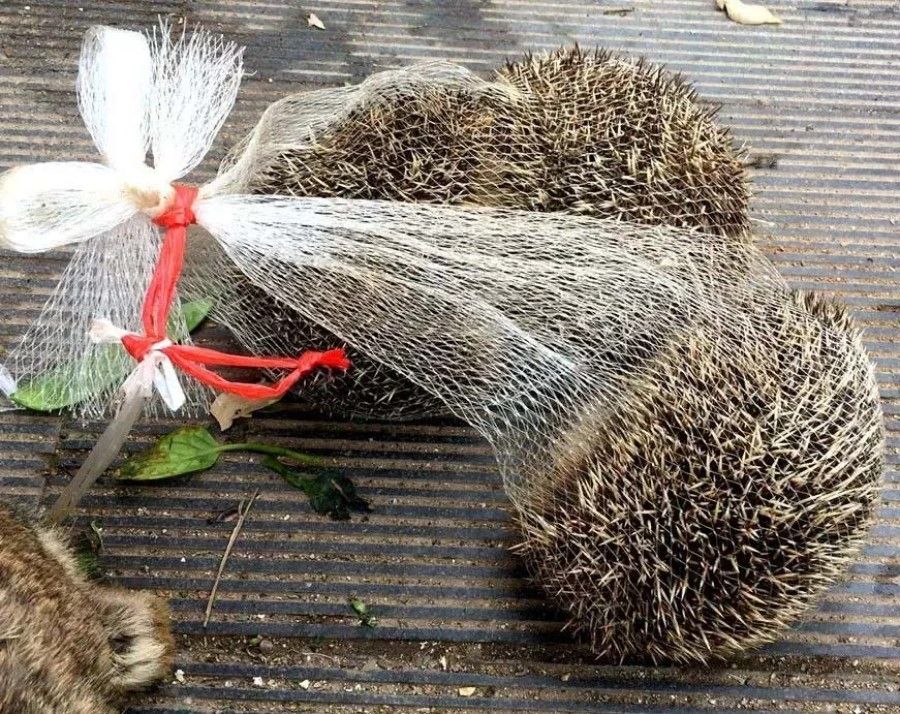
Health risks
However, despite the purported benefits of eating game, there is actually an increased risk of these animals carrying various pathogens that could be dangerous and even deadly to humans.
Dr Christian Walzer, executive director of the US-based Wildlife Conservation Society's Health Programme, said in a Straits Times interview that 70% of all new infectious diseases come from wildlife. "Wildlife markets offer a unique opportunity for viruses to spill over from wildlife hosts," he said.
Indeed, the latest Covid-19 coronavirus is believed to have been carried by bats. Bats are also the likely carriers of SARS in 2003, and the Ebola virus. These pathogens are then passed to an intermediate host, from which they move to humans.
Wild animals can also carry various parasites and bacteria, the most common being E. coli, which is found in birds, deer, goats, sheep, as well as unpasteurised milk.
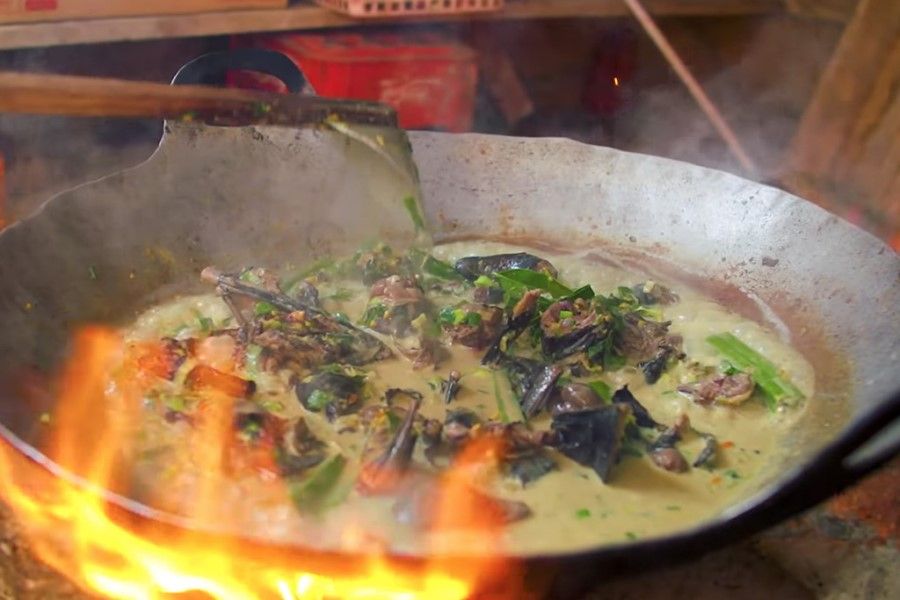
Impact on biodiversity and animal welfare
The popularity of certain animals among game eaters makes them prone to extinction.
Among these threatened species is the pangolin. It is believed that ground-up pangolin scales can stimulate lactation, cure cancer and asthma, and they are a delicacy in China and Vietnam. However, all eight species of pangolin are threatened with extinction. Four are vulnerable, two are endangered and two are critically endangered.
Another species that is threatened is the Chinese giant salamander. Like the pangolin, it is also considered a delicacy in China and used in traditional Chinese medicine. Today, this 170-million-year-old species is critically endangered, with their population down by 80% since the 1960s.
Other species in danger include the sturgeon and bluefin tuna, which are also heavily consumed.

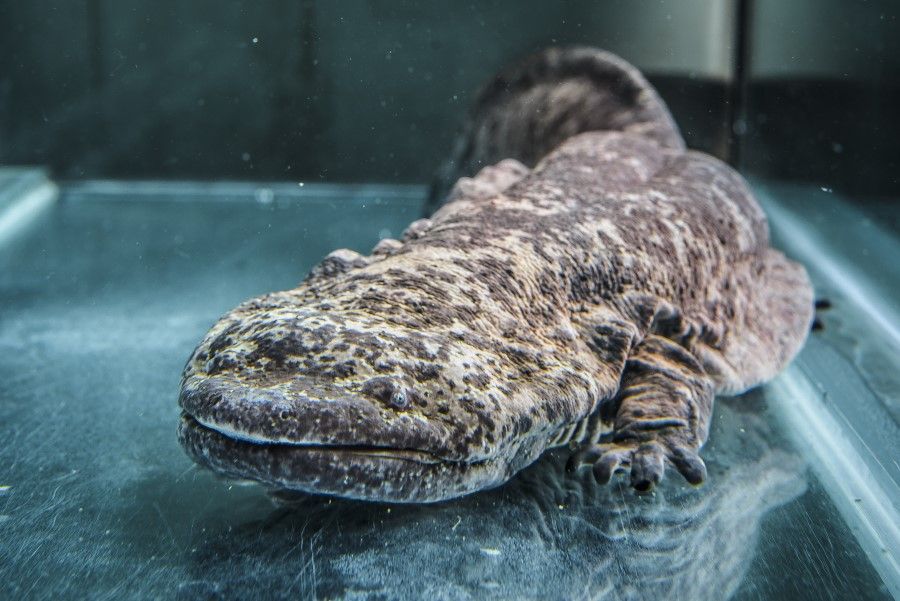
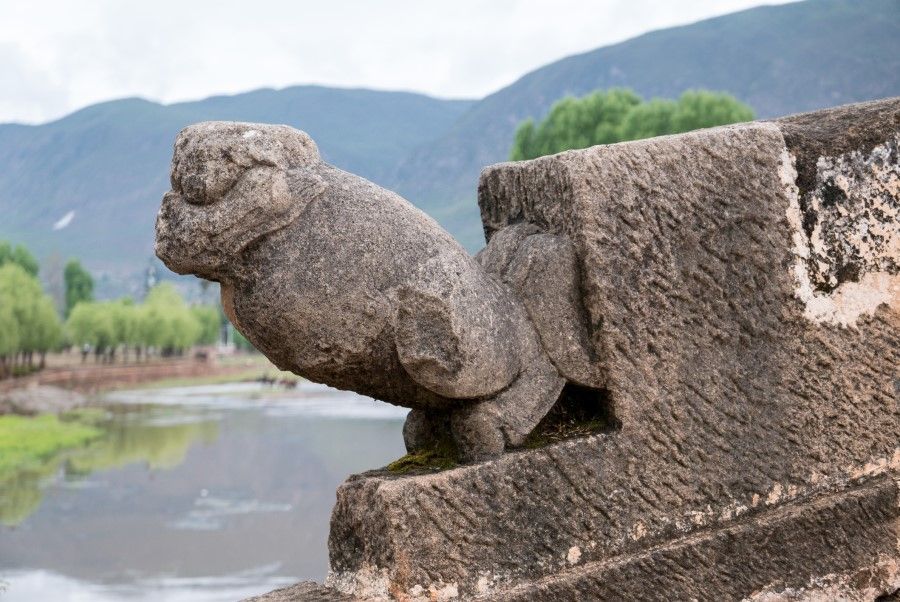
Then there is the trade - not always legal - in animal parts such as rhinoceros horns and tiger penises, which have resulted in a sharp drop in the populations of those animals in Southeast Asia. Rhinoceroses were once commonly found from northeast India to Java in Indonesia, but today, they are only found in small numbers in a few pockets in Java, Sumatra, and Borneo. As for tigers, there were an estimated 100,000 tigers in the wild in 1900; today there are about 3,200.
The nouveau riche in China are also booking safari hunts in destinations such as South Africa. The China Hunting Show attracts visitors interested in big game, selling various packages to hunt different animals ranging from tens to hundreds of thousands of dollars. One problem with such trips is the lack of proper shooting training for the visitors, which often causes unnecessary suffering for the animals. Besides, there are reports that not all of these hunts are conducted in the wild; some animals are actually bred in captivity just to be hunted.
Wild game in other countries
Although the Chinese are getting quite a lot of flak for their food choices, they are not the only ones who consume game or wild animals of various types. Wildlife continues to be an inexpensive source of protein for the poorer, rural communities in Africa, Asia, the Middle East, and South America despite disease concerns.
All sorts of big game meat are available in Africa, including antelope (kudu or eland), zebra, elephant, and even lion. In Southeast Asia, meat from dogs and even rats are consumed in countries such as Indonesia, Vietnam, and Laos. Game meat is also consumed in the West for various reasons.
In England, hunting is a common sport, with pheasants and rabbits among the top targets. Pheasant meat is sold in London's Harrods. And just next door, in France, pigeon is as regular an offering in restaurants as escargot or snails. Down in Australia, there is kangaroo and crocodile meat.
America also has its history of big game hunting, from its early settlers shooting buffalo, elk, and deer. These days, dishes featuring meat from animals such as bison, pheasant, rabbit, quail, and ostrich can be found at upscale restaurants in New York.
Experts say while the disease risks associated with game meat may be addressed by cooking, drying and smoking, its main risk is a result of cross contamination, lack of hygiene and emerging foodways. In many countries, it is the lack of legislation, regulation and proper implementation of rules and laws that govern the sources, the husbandry, the processing and manufacturing practices of game meat that brings on problems and diseases.

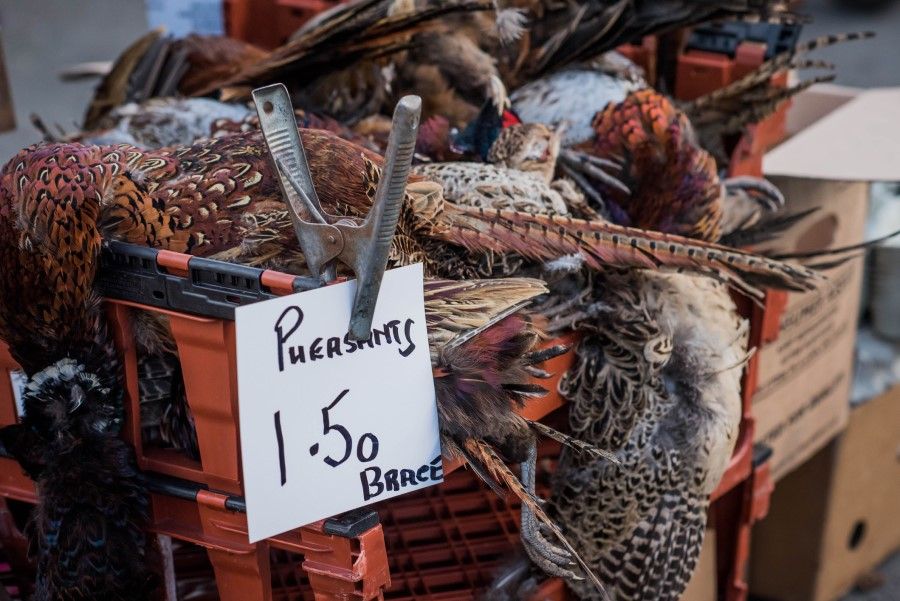

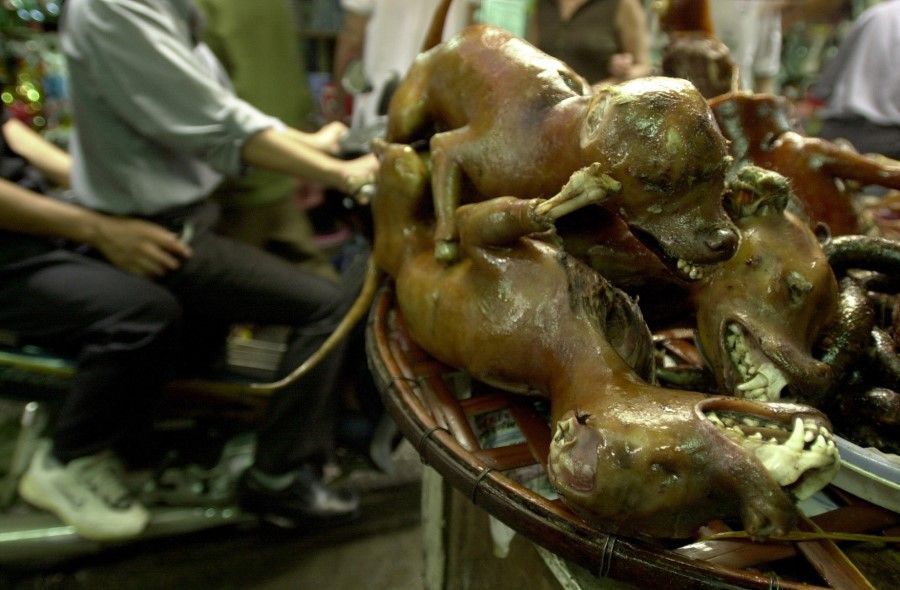
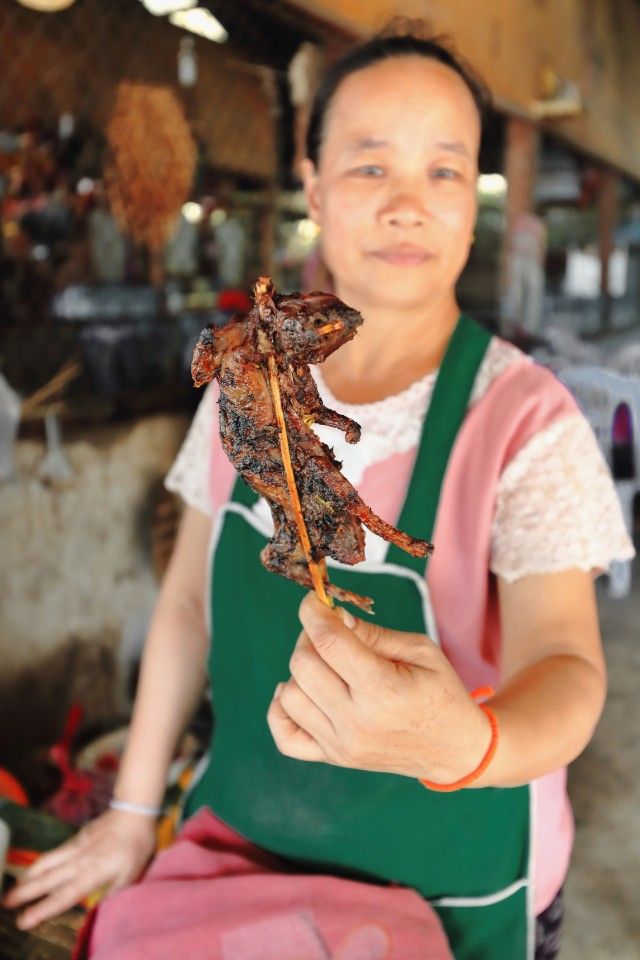
Action
Following the Covid-19 outbreak, China has clamped down on the sale and consumption of wild game. On 24 February, the Chinese authorities announced it will immediately ban the trade and consumption of wild animals, with "severe punishments" for doing so. Hunting, trading, or transporting wild animals for the purpose of consumption is also not allowed.
However, the use of wild animals for non-edible purposes, including scientific research, medical use and display, is still allowed, but subject to strict approval and quarantine inspections.
Academics, environmentalists, and international conservation groups have called for a permanent ban. Yet, Reuters reported that before the announcement, traders legally selling donkey, dog, deer, crocodile, and other meat said they planned to get back to business as soon as the markets reopen.
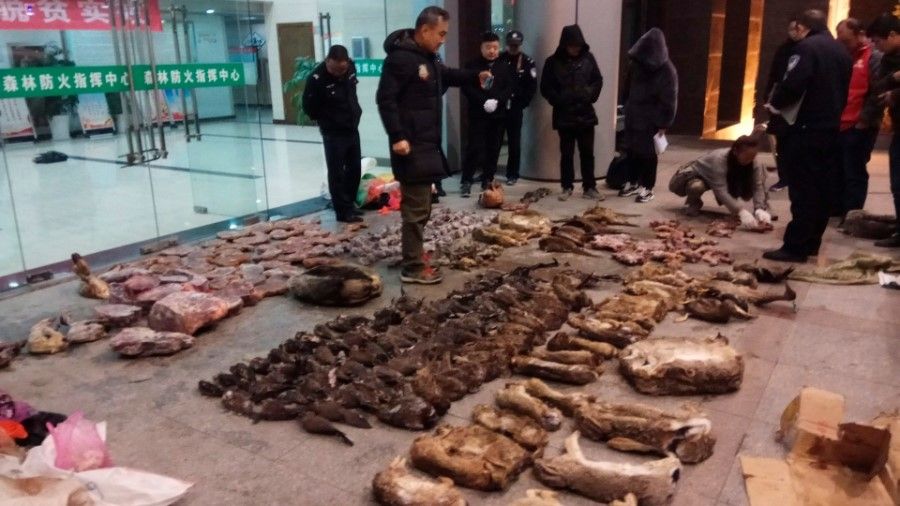
This story was put together by Candice Chan, ThinkChina.
